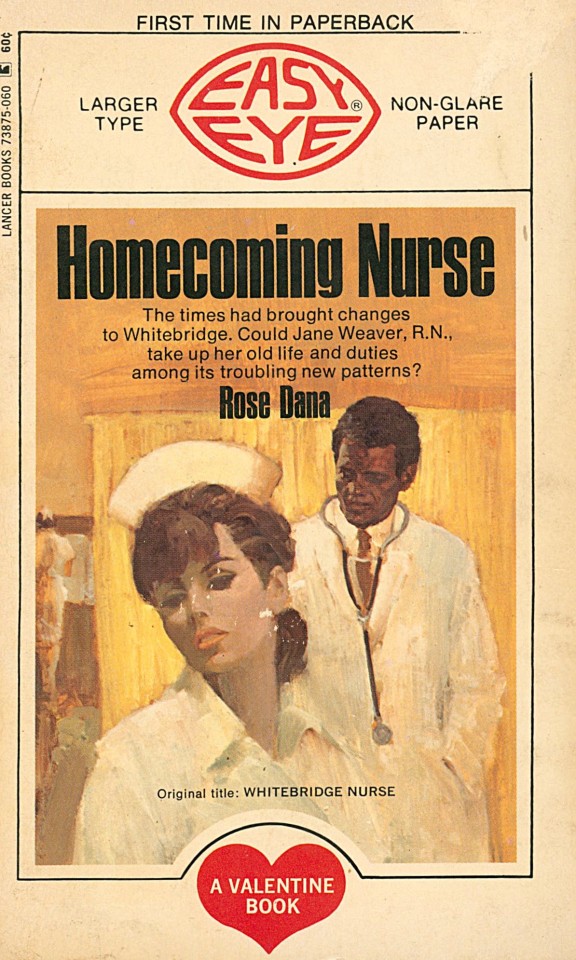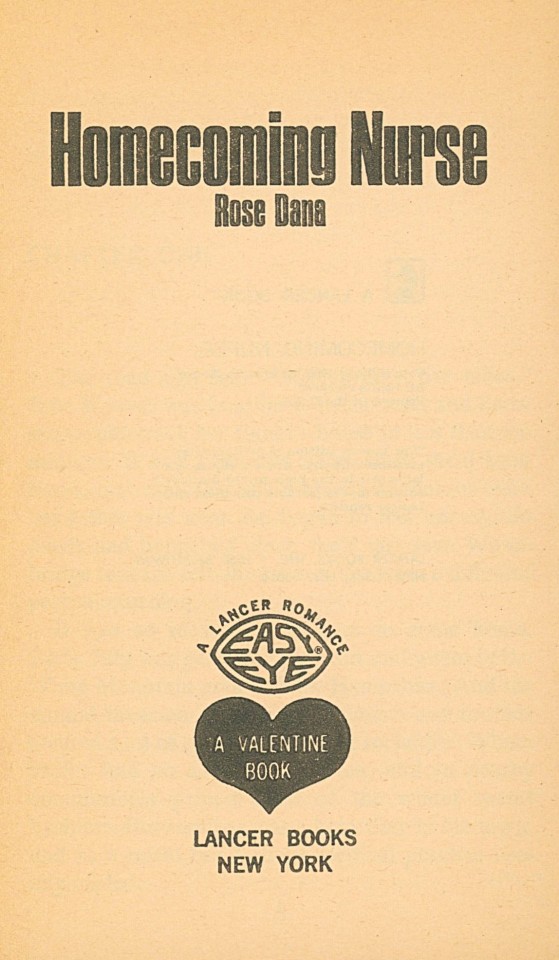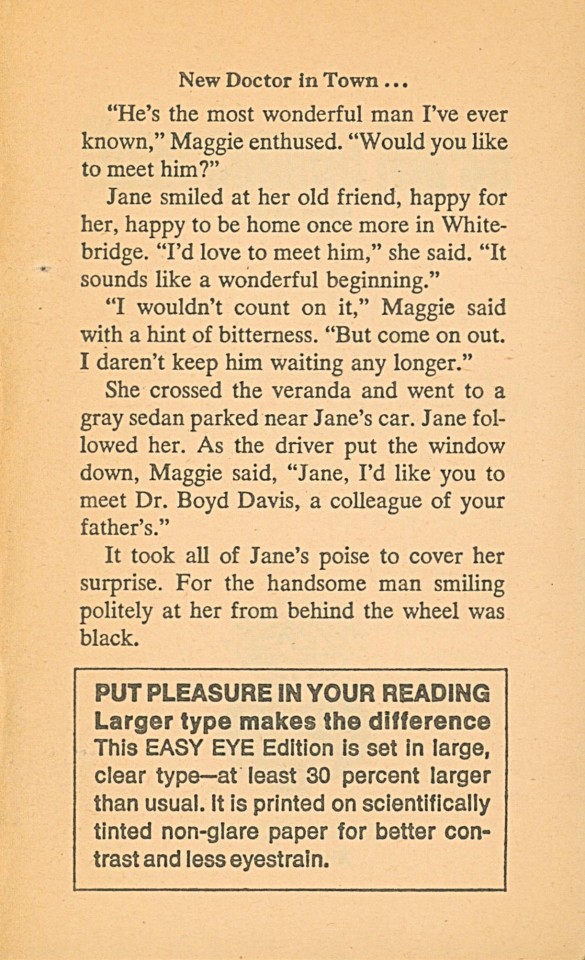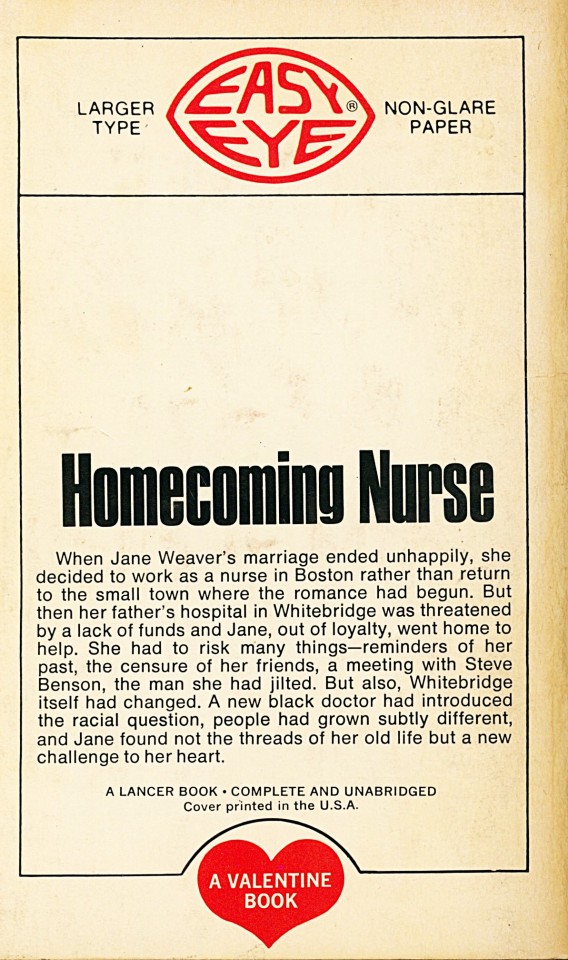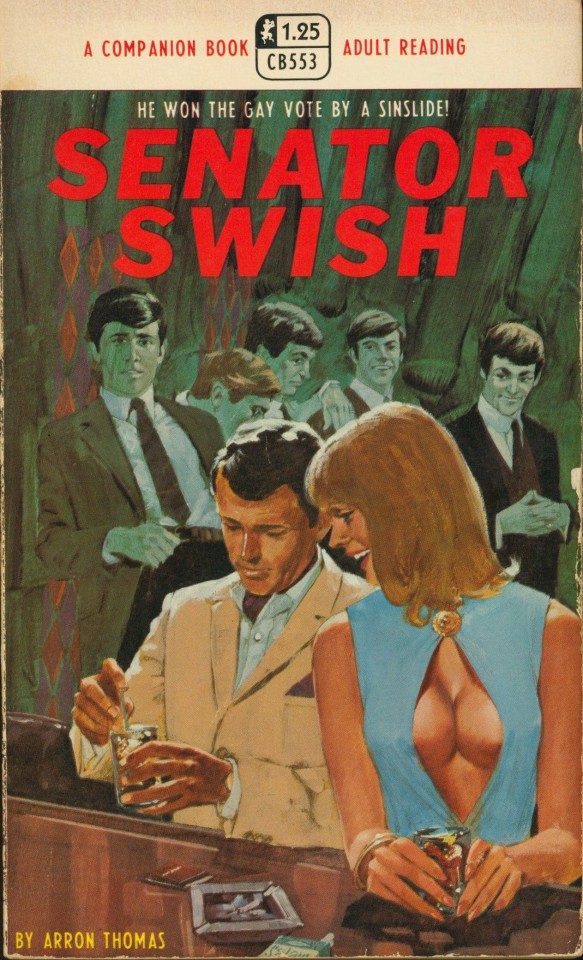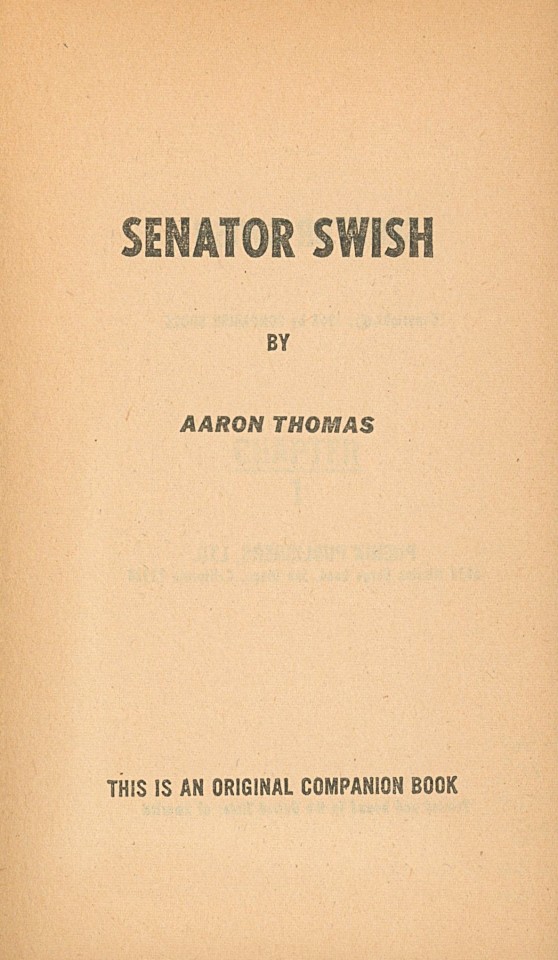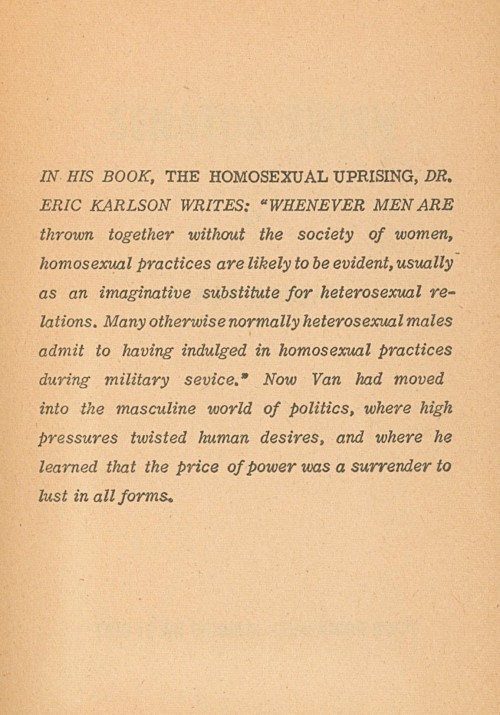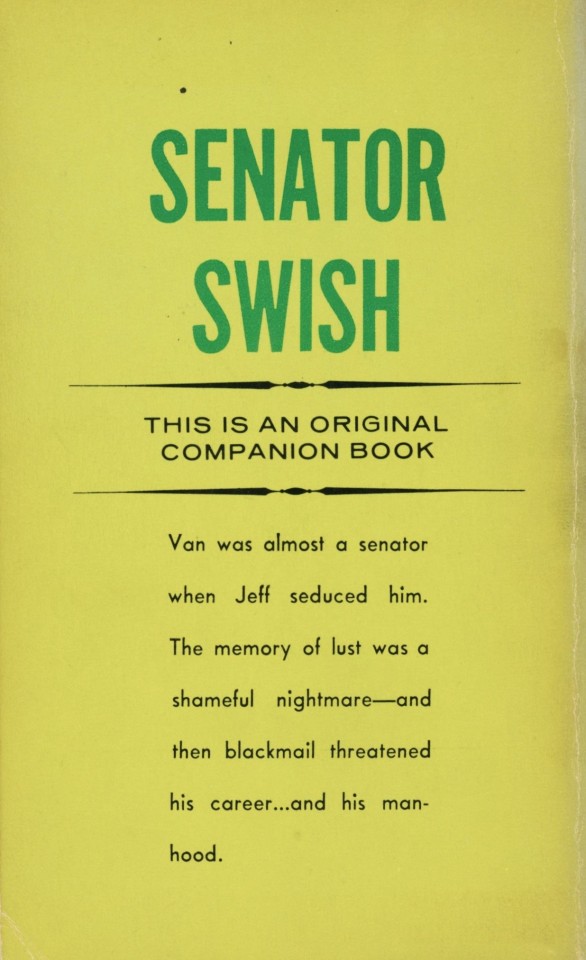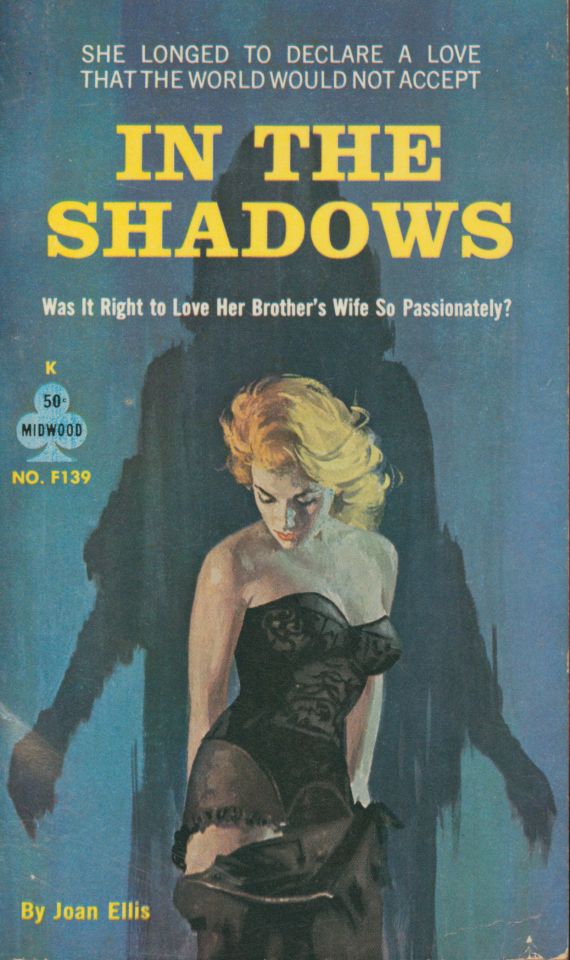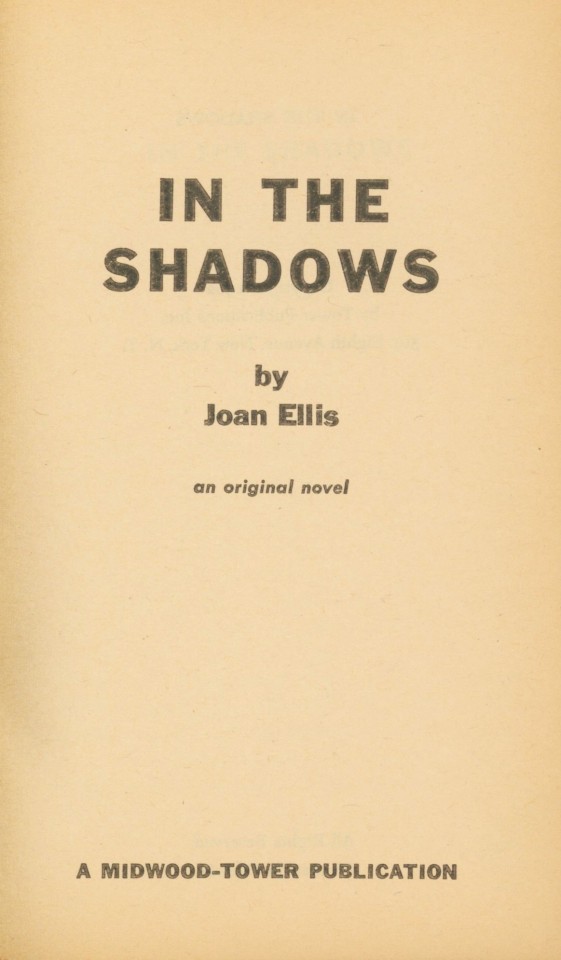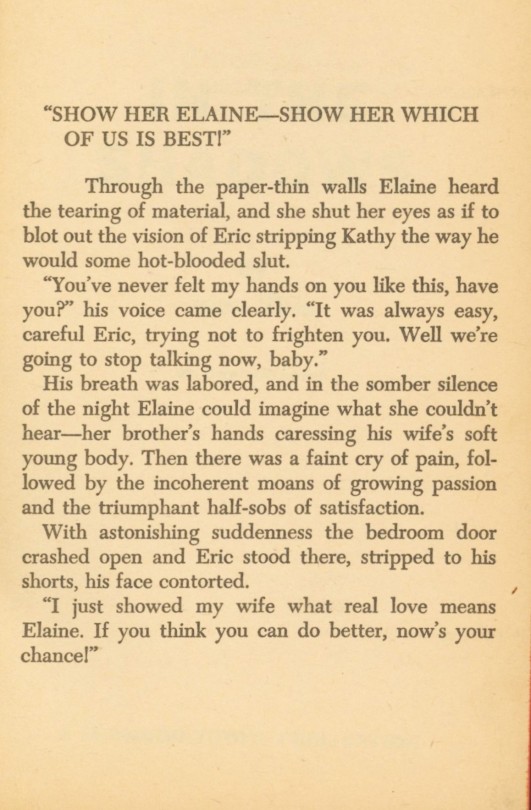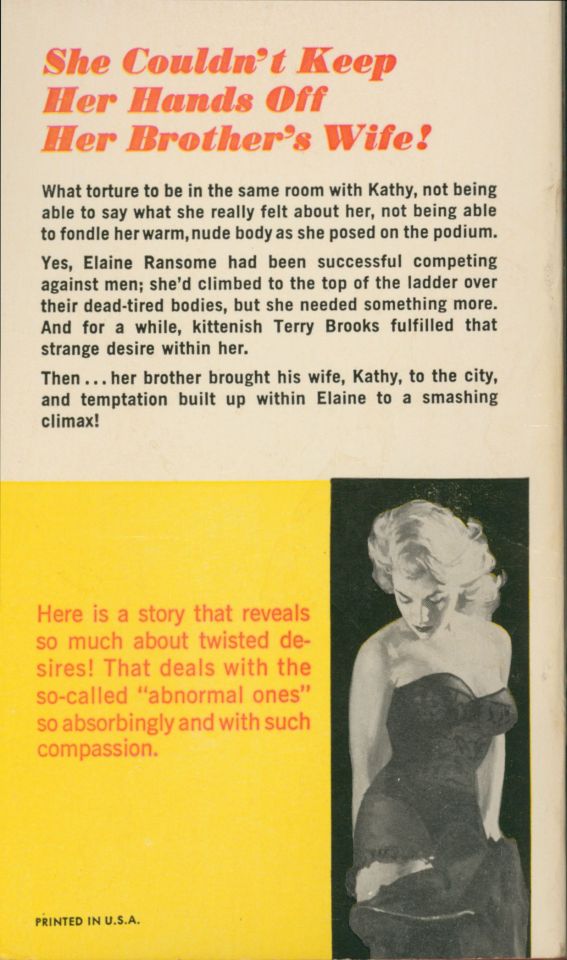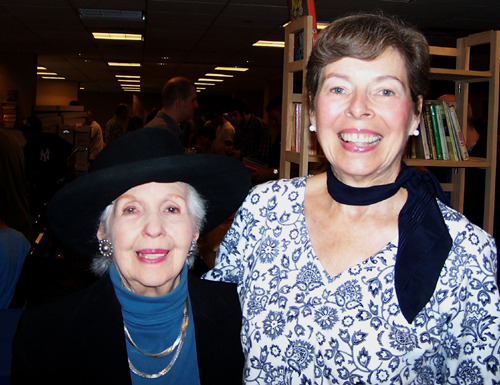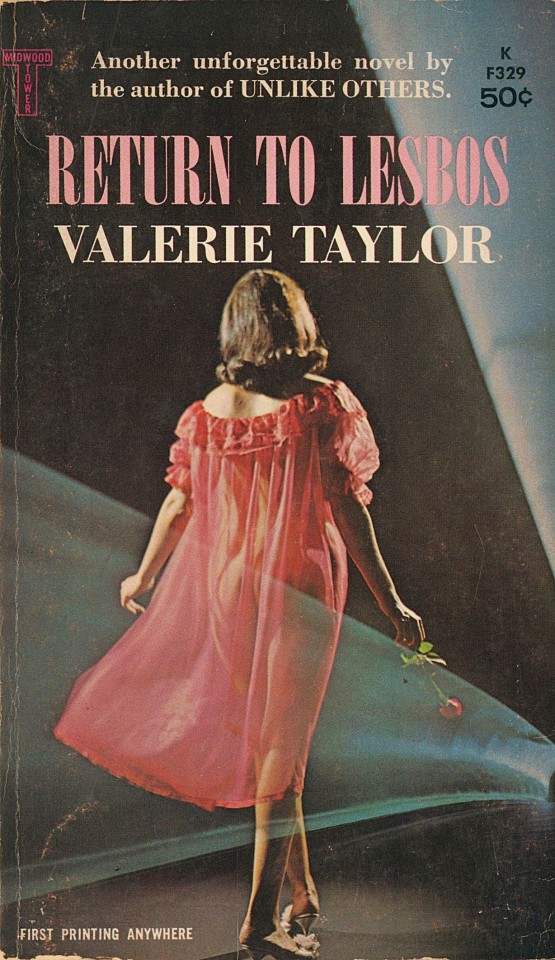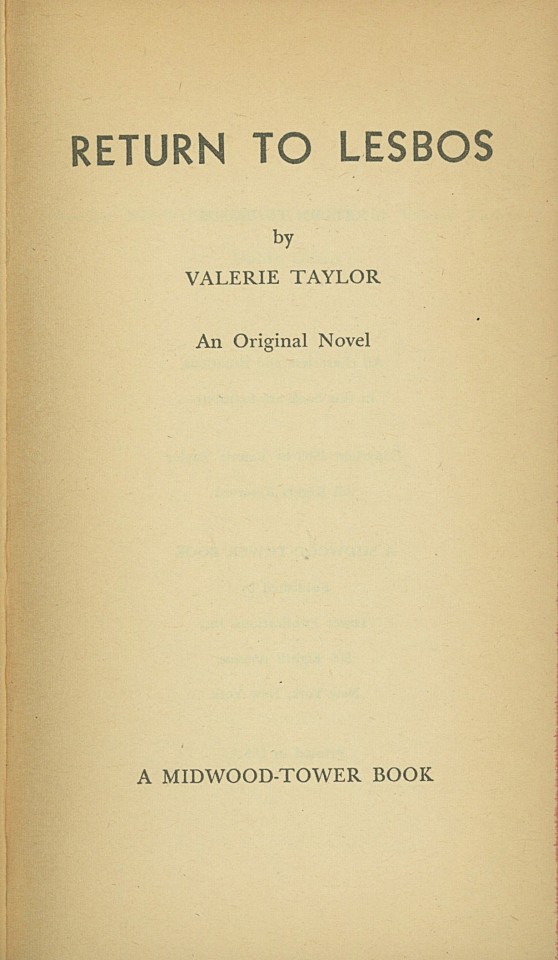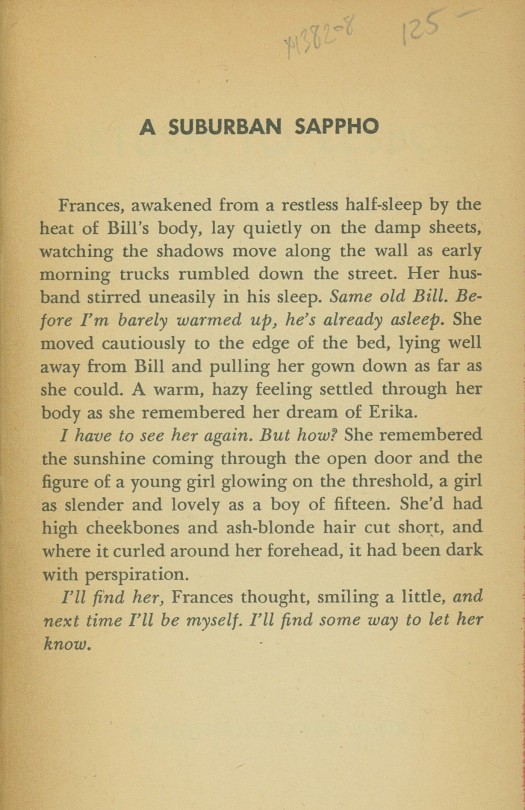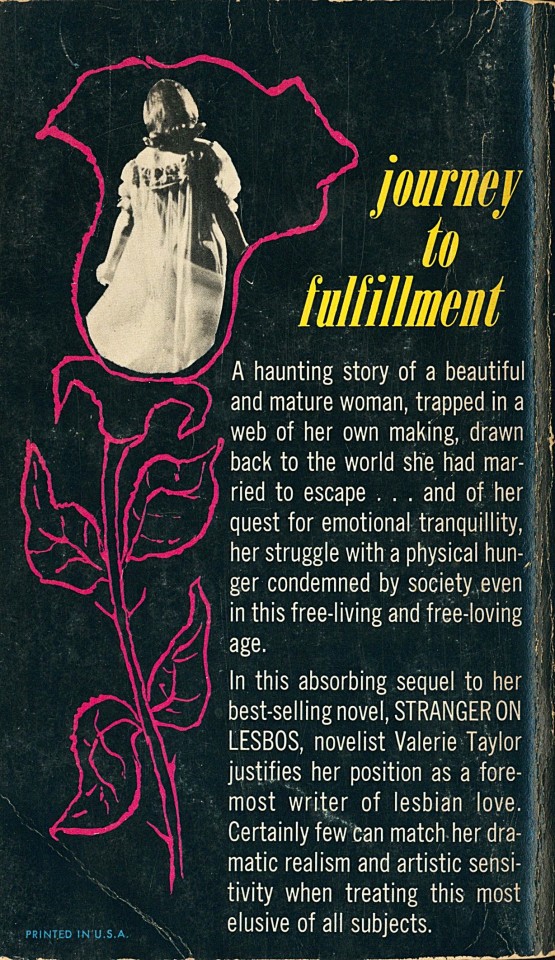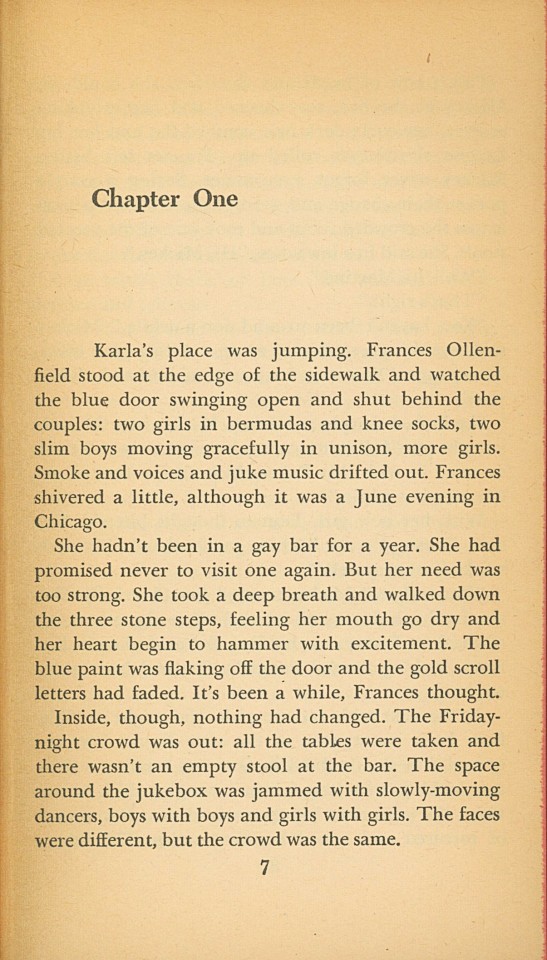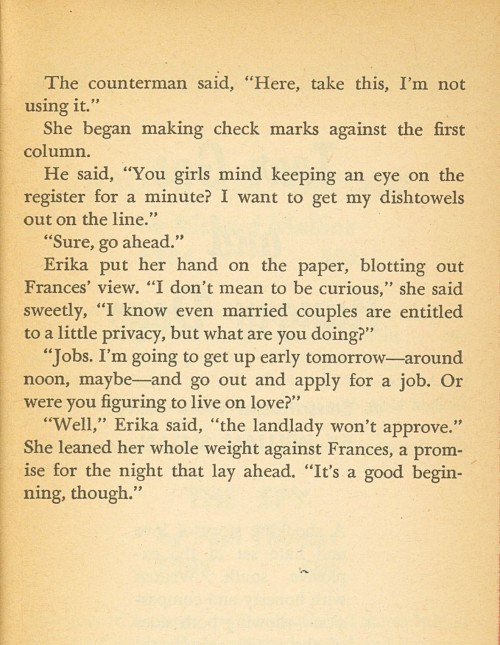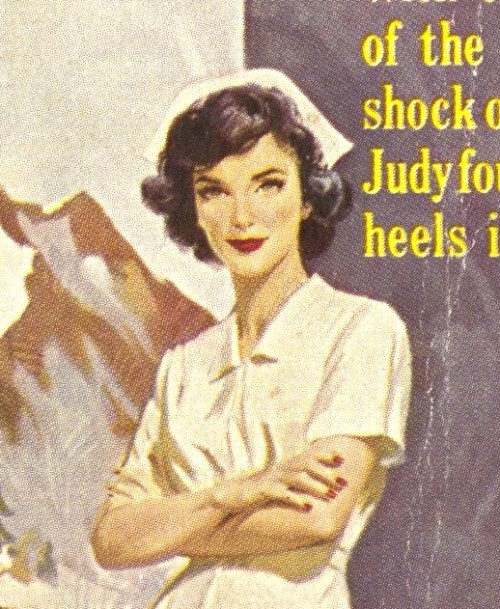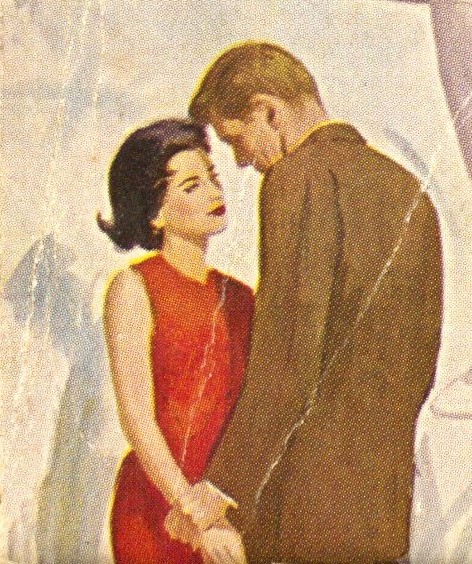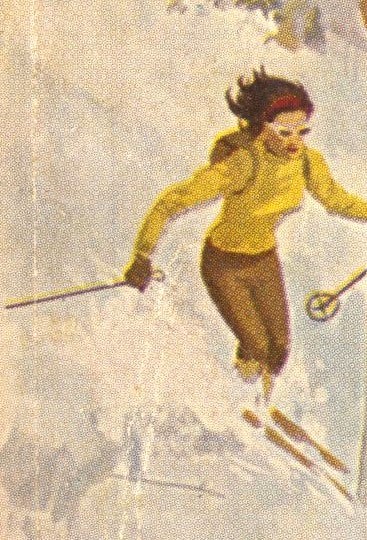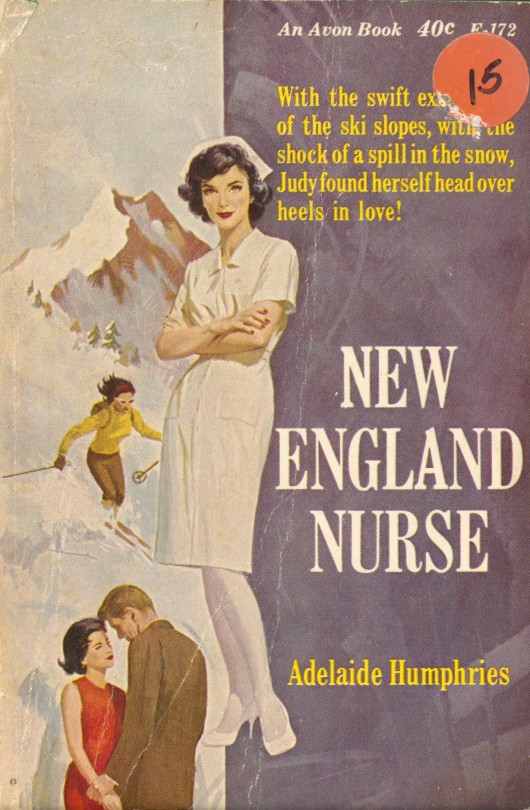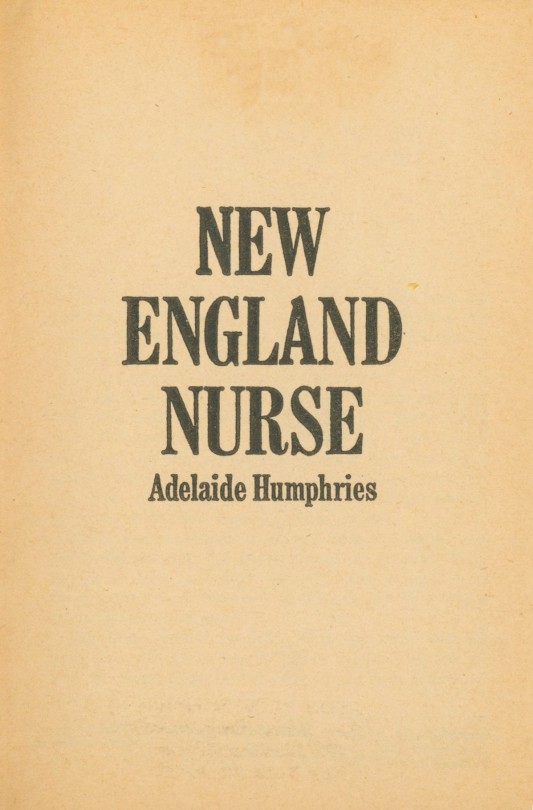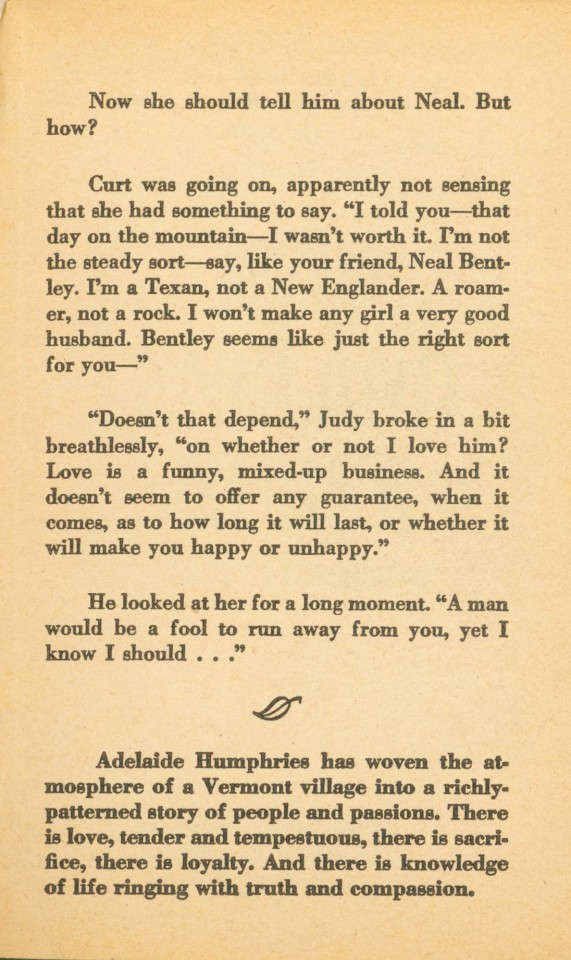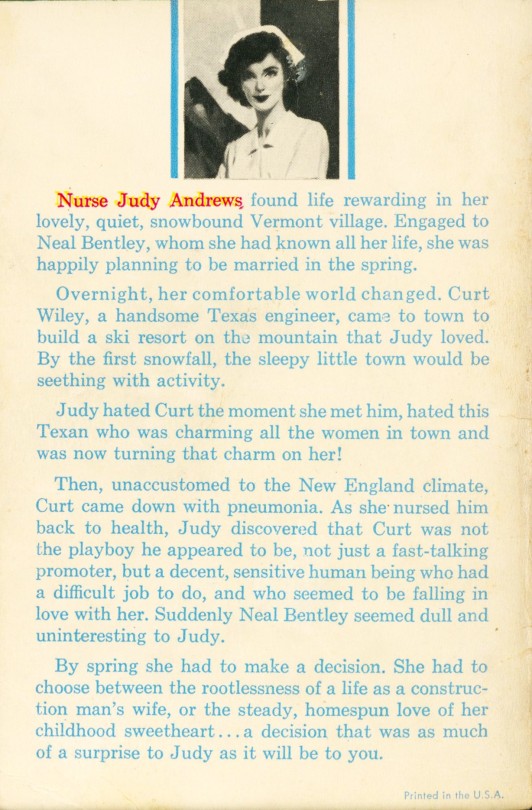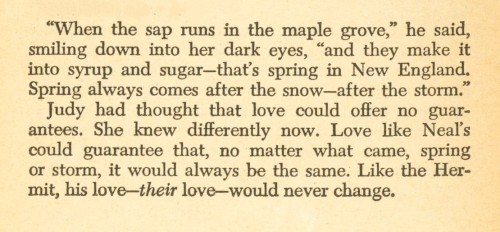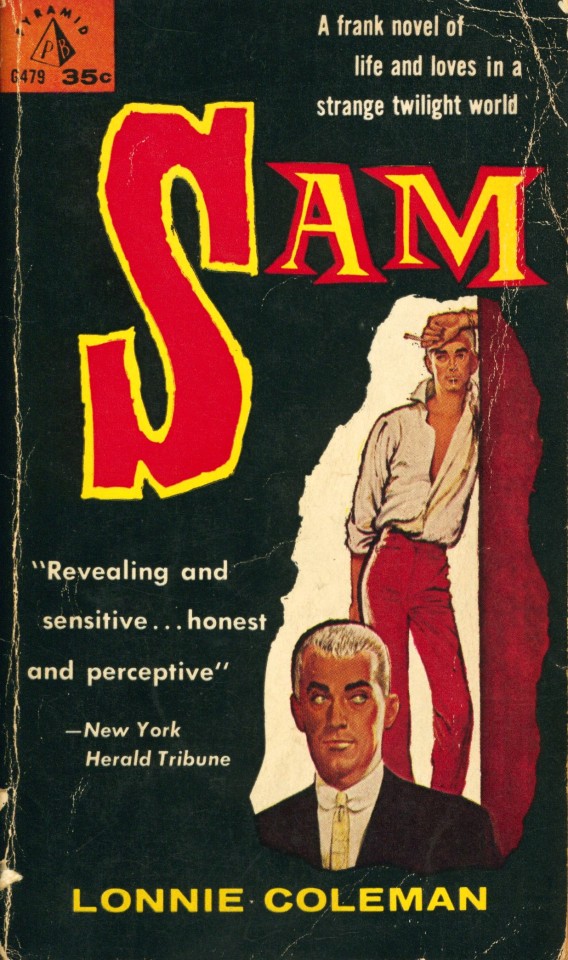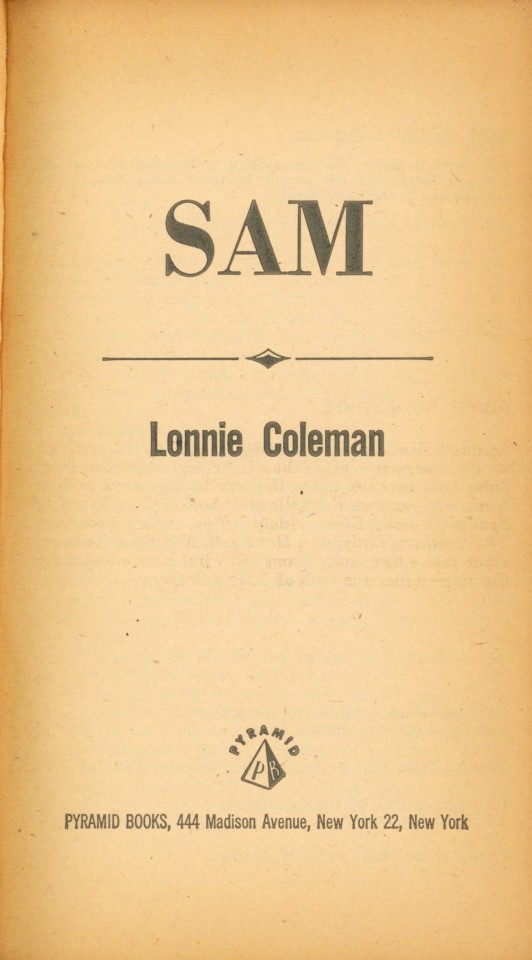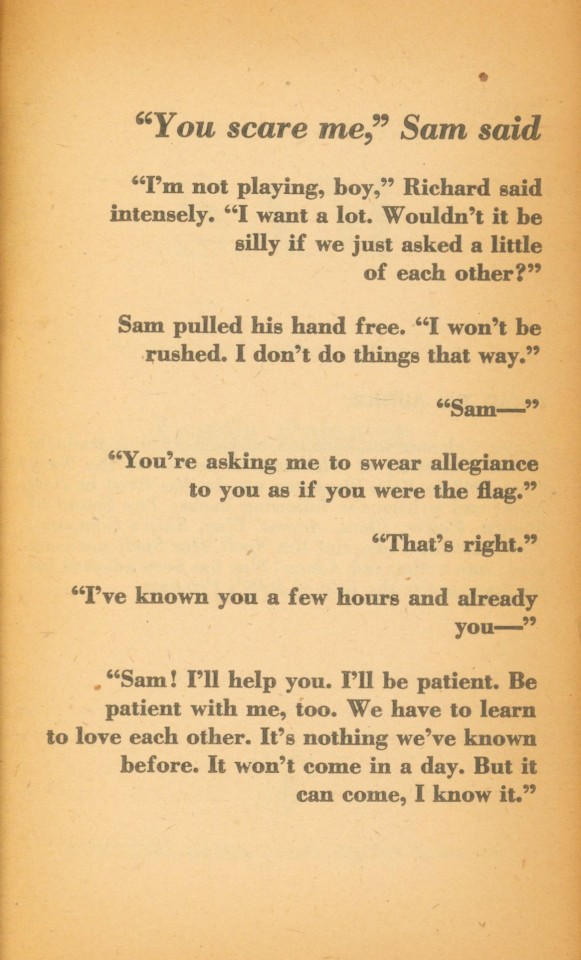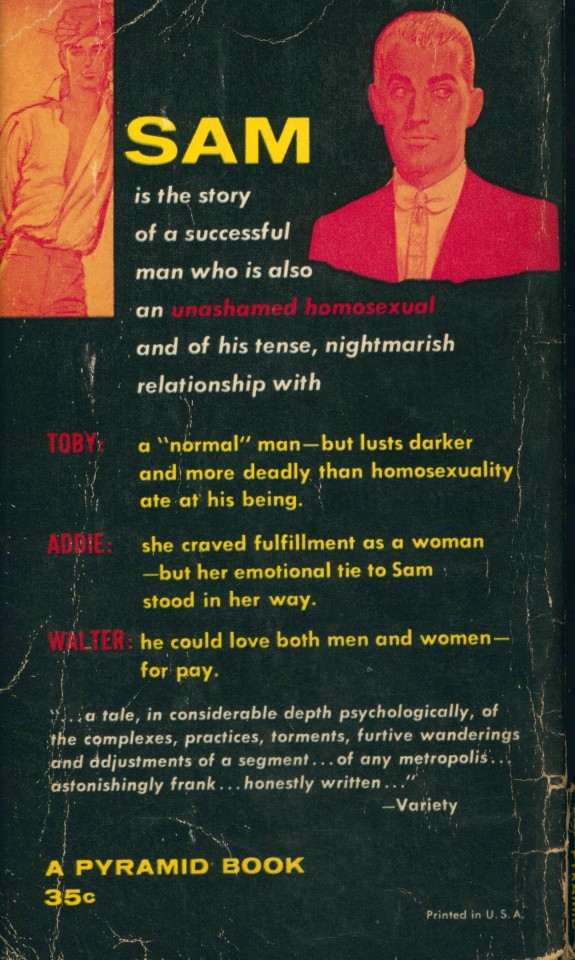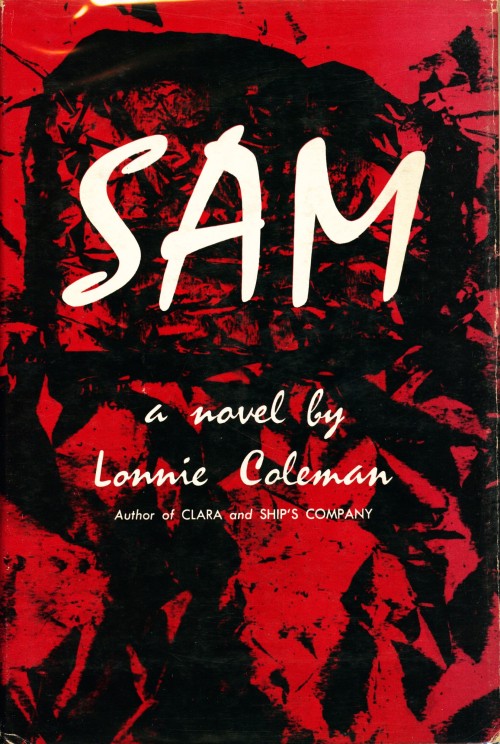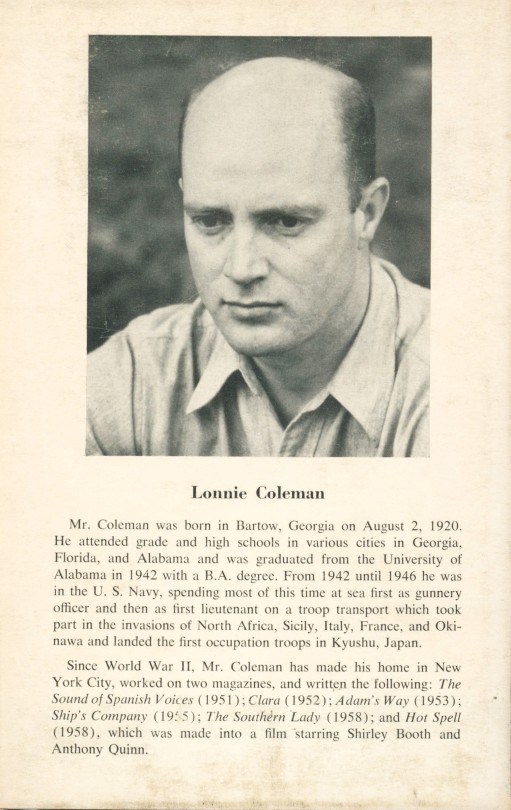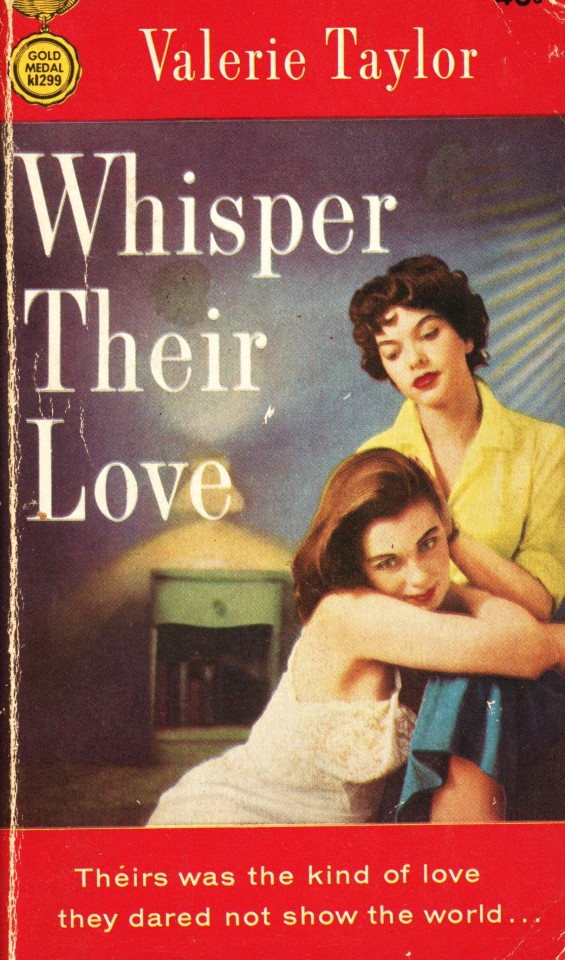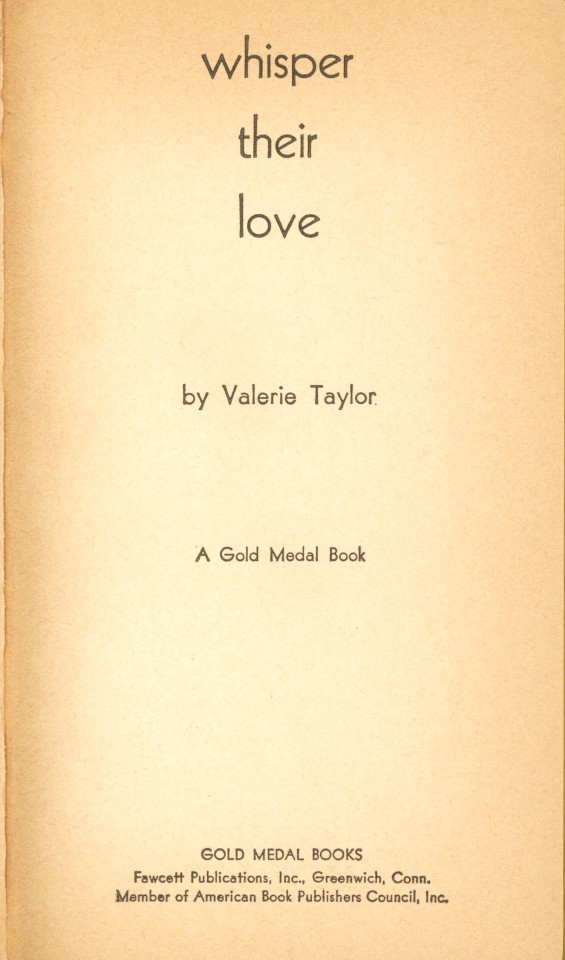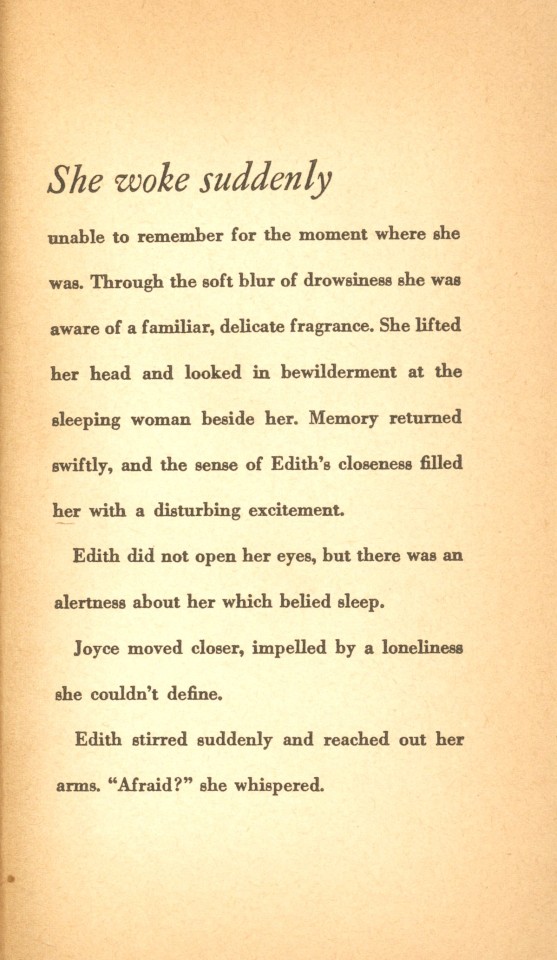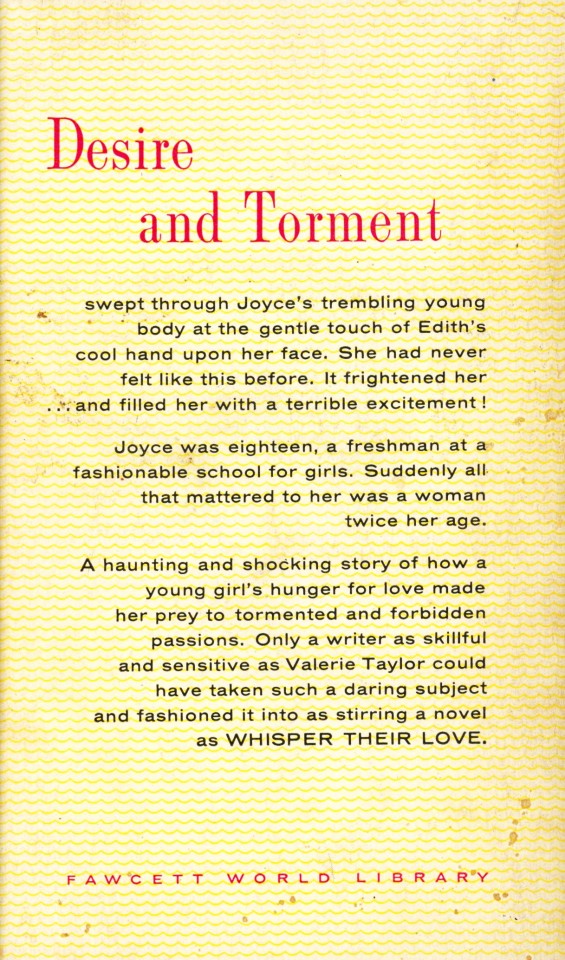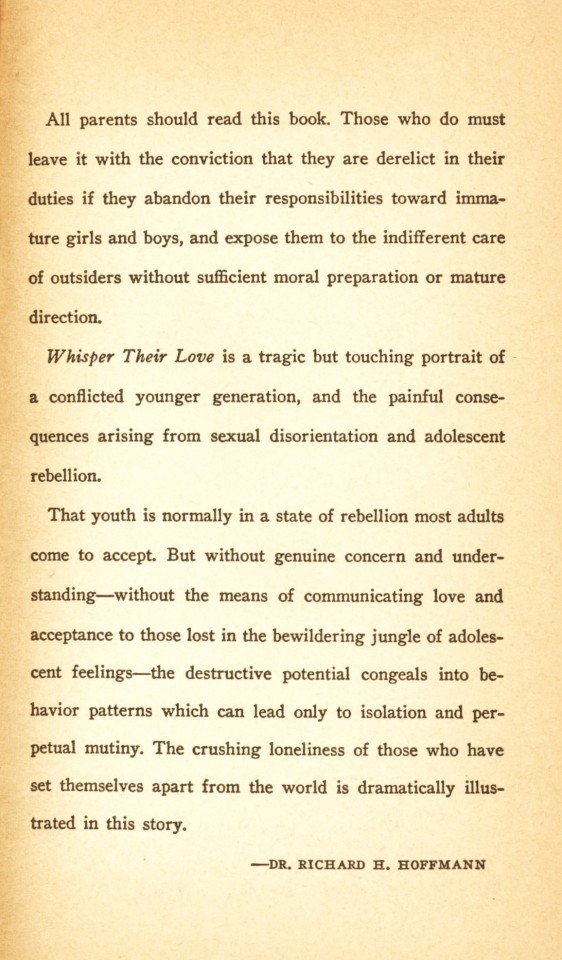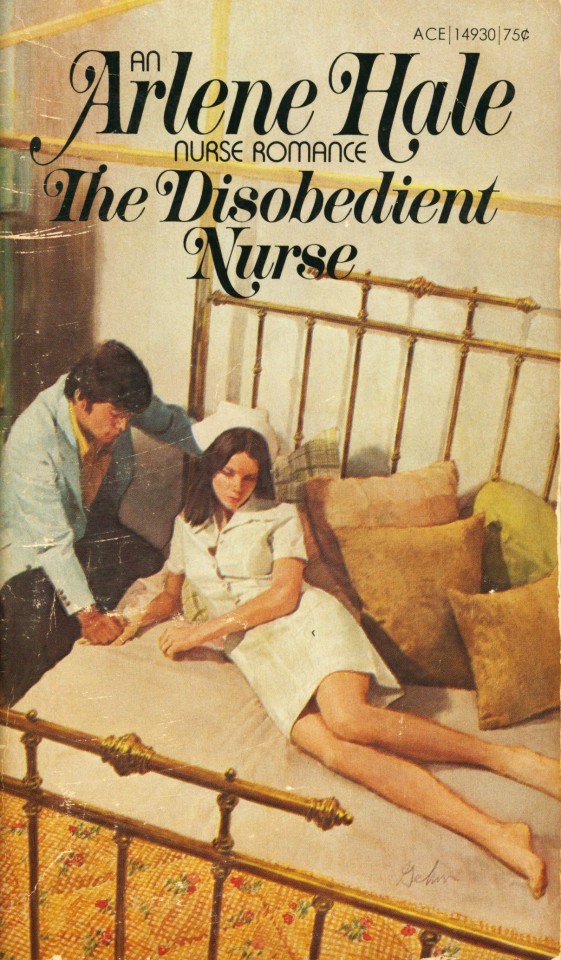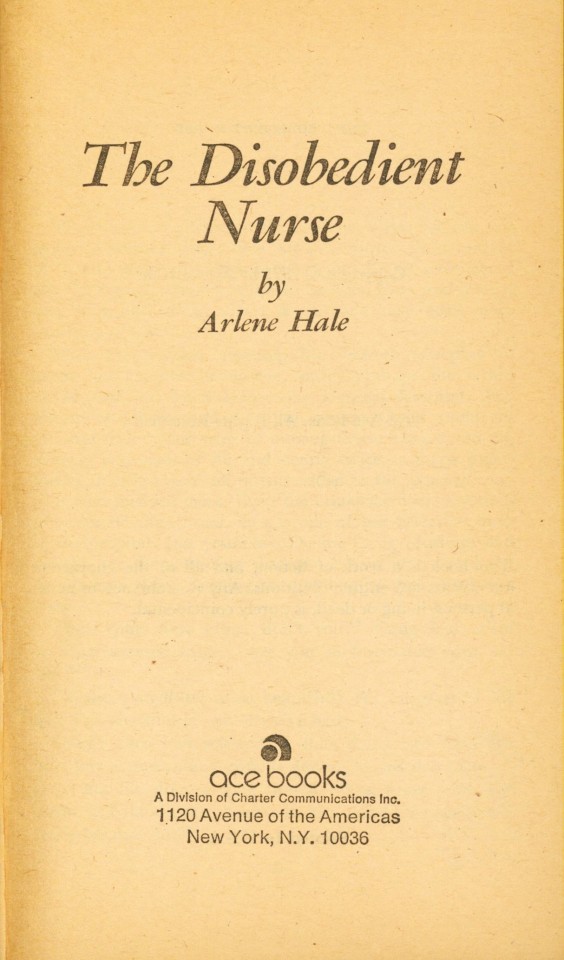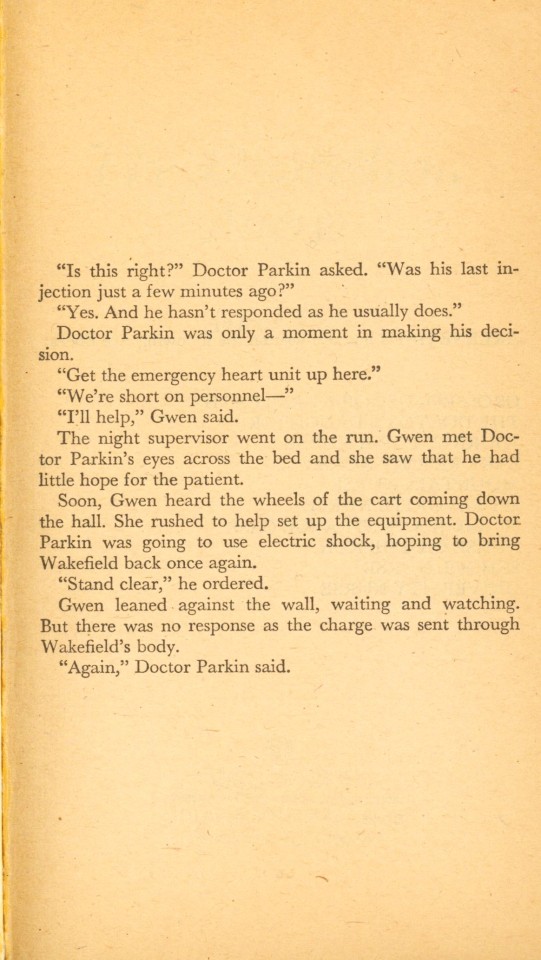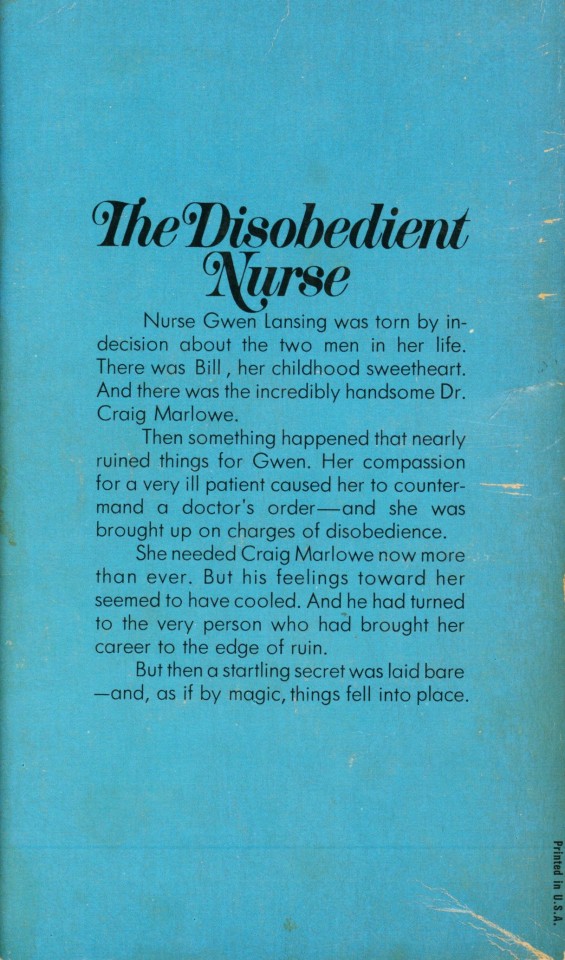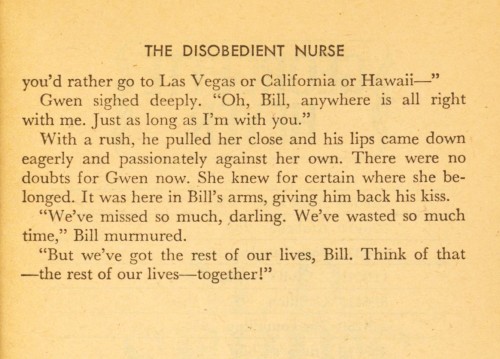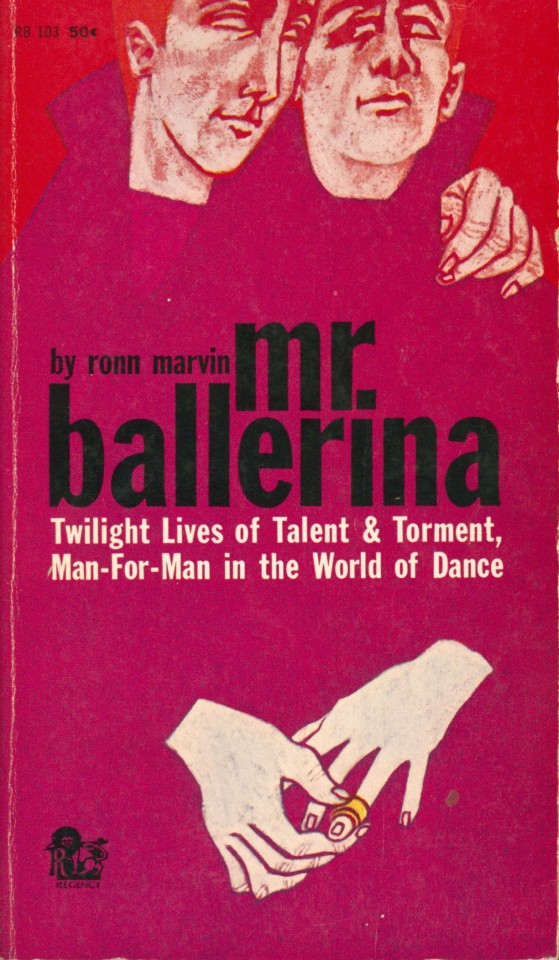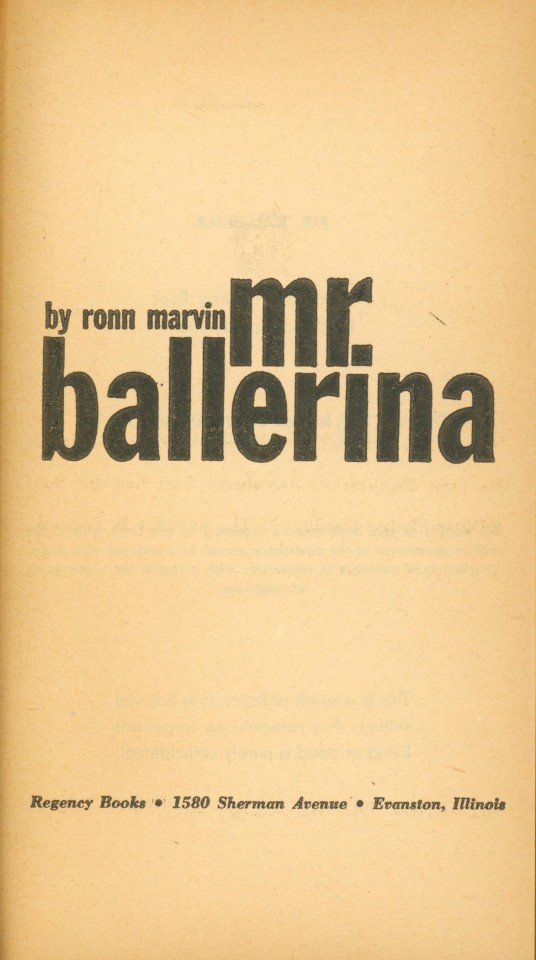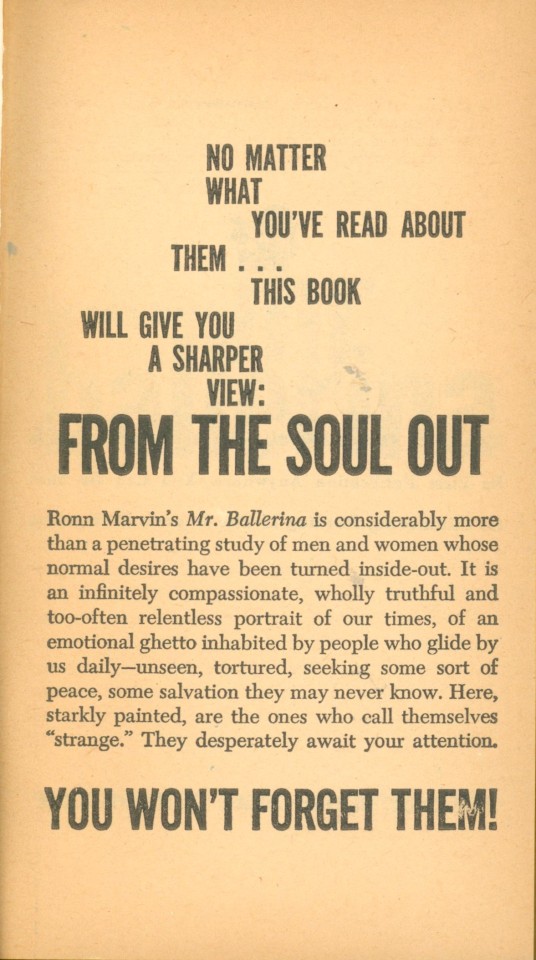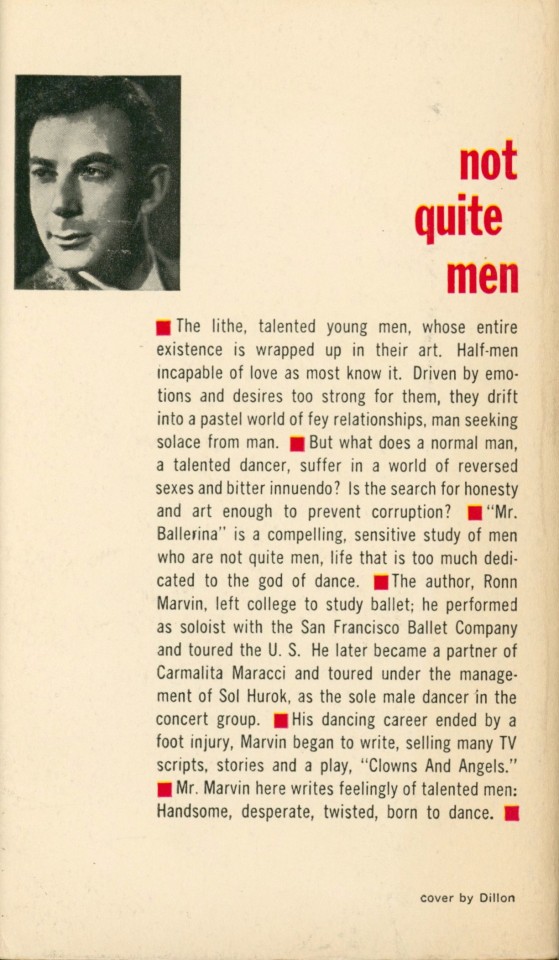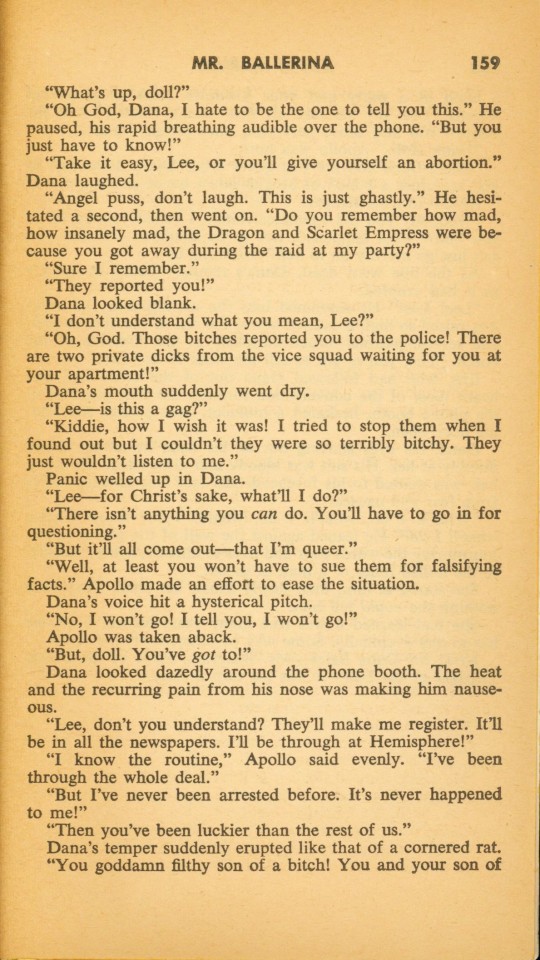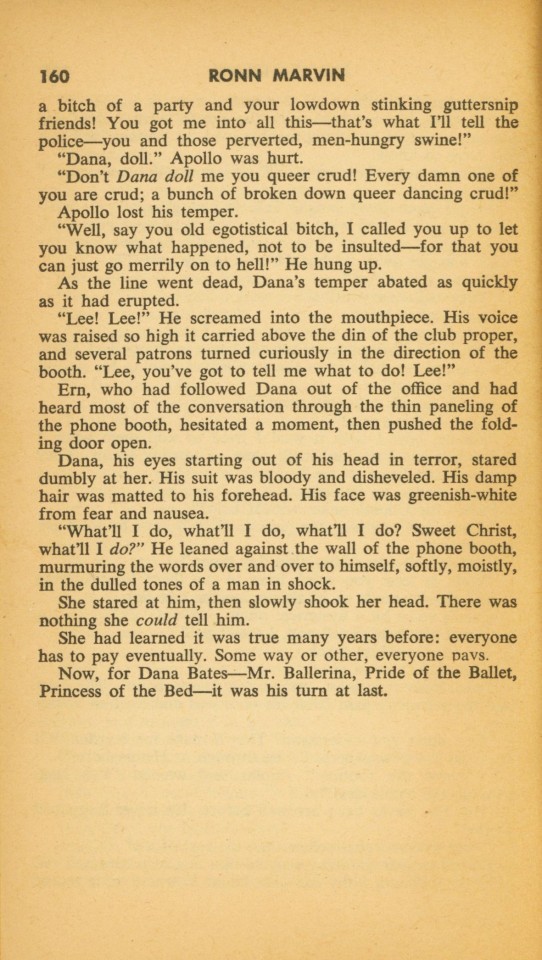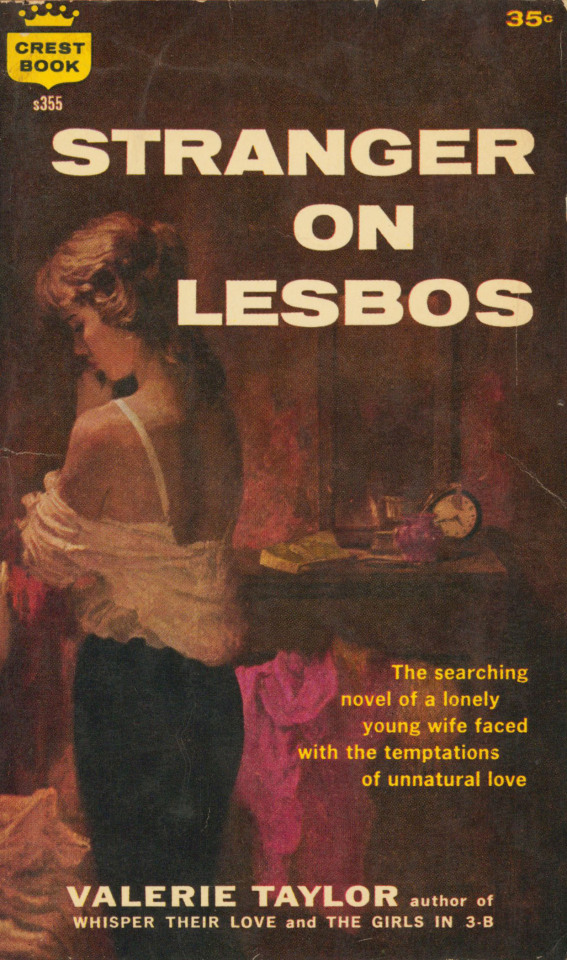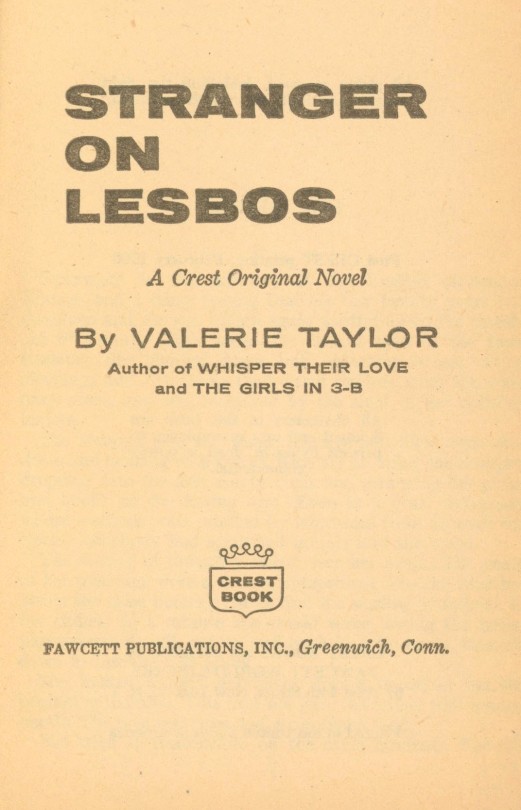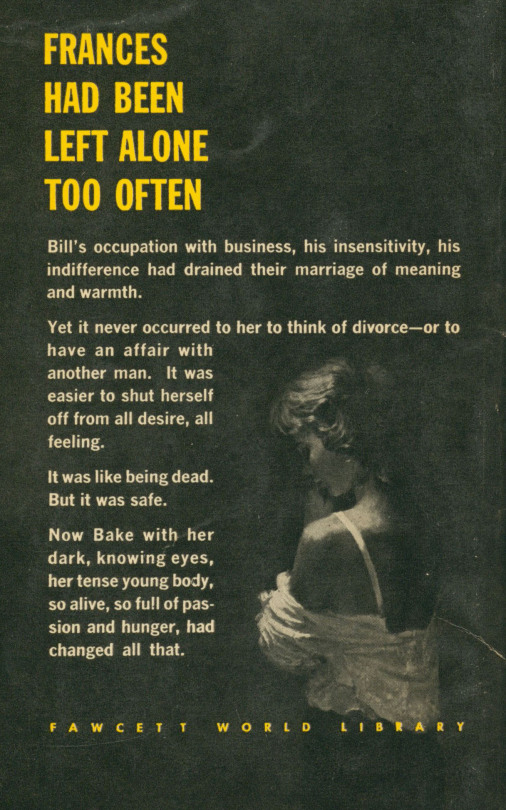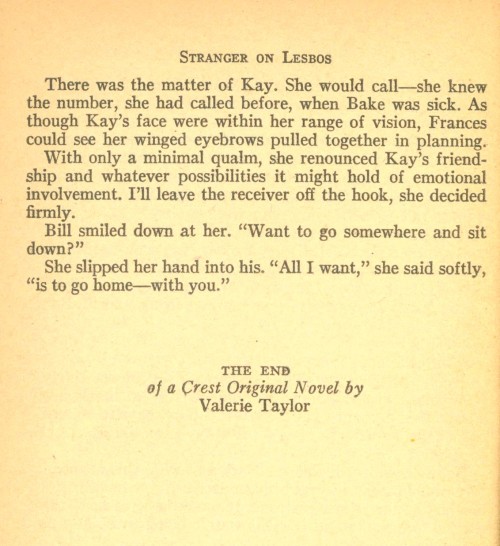(Not So) Steamy Saturday
- “The times had brought changes to Whitebridge. Could Jane Weaver, R.N., take up her old life and duties… ?”
- “‘Jane, I’d like you to meet Dr. Boyd Daves… .’ It took all of Jane’s poise to cover her surprise. For the handsome man smiling politely at her from behind the wheel was black.”
- “A new black doctor had introduced the racial question … and Jane found not the threads of her old life but a new challenge to her heart.”
Of the 500+ nurse romance novels from the 1940s to the early 1970s in our collection, it is rare to find one with African American main characters, let alone having them depicted on the cover, and even rarer are interracial relationships. In our collection, the nurse romances that do were all published after Civil Rights legislation of the mid-1960s. Such is the case this pulp novel, Homecoming Nurse by Rose Dana (one of the many pseudonyms for prolific pulp-fiction writer W.E.D. Ross, 1912-1995), published in New York by Lancer Books in 1968.
With the novel showcasing many of the social taboos of the time – divorce, a small New England town forced to come to terms with contemporary racial issues, racially-exclusive country clubs, interracial relationships, mental illness, the village ice queen chasing after a married man – we thought it would have the makings of a fairly steamy plot. But, alas, its narrative is plodding and pedestrian with barely a wisp of steam. Disappointing. To its credit, however, with the entire town fretting over the potential of miscegenation, the story does culminate in an interracial engagement (between the main character Jane’s friend Maggie and Dr. Boyd, not Jane herself). Getting there, however, is tedious and about as exciting as an ice cream parlor on a sleepy New England main street.
View other nurse romance novels.
View other pulp fiction posts.
